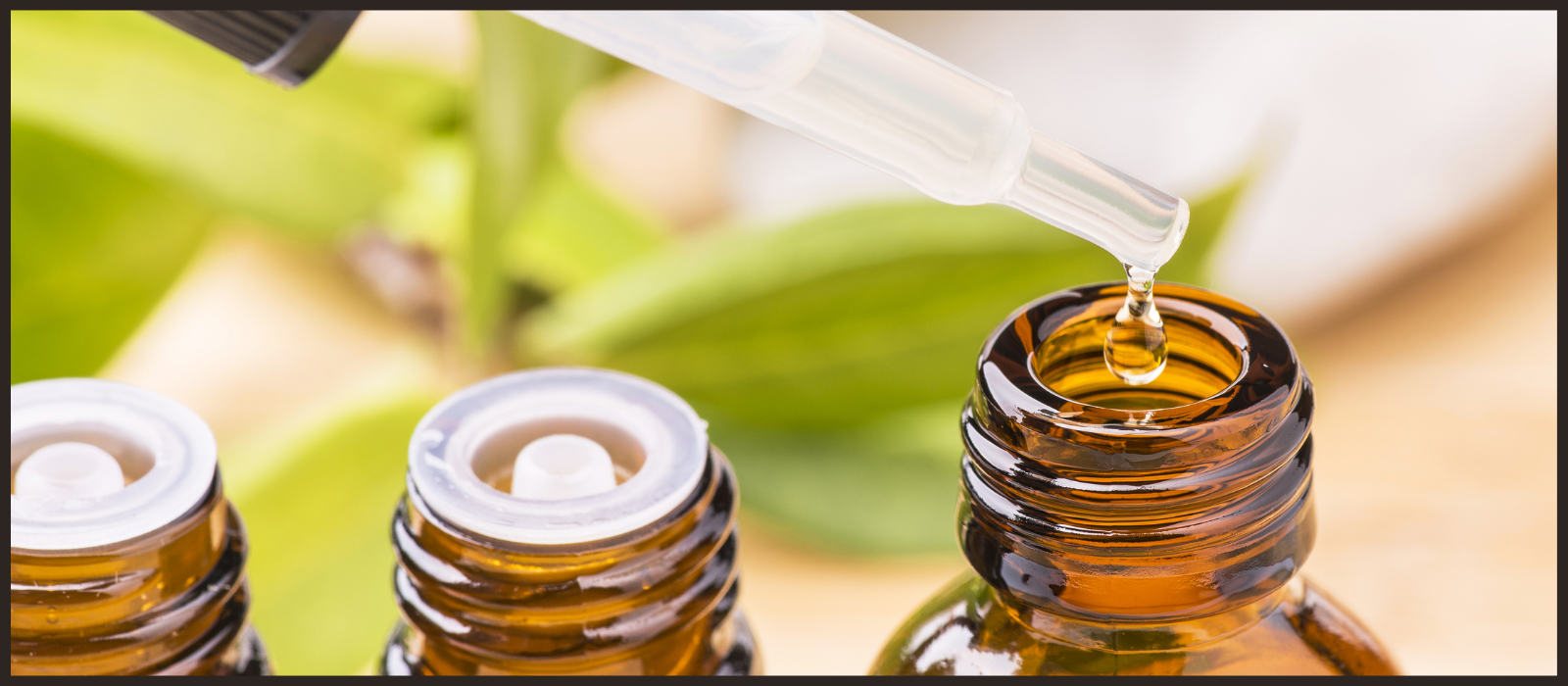
Using Essential Oils for Soap Making
Many soap makers enjoy having control over every ingredient that goes into their final product because it gives them the opportunity to use more natural components that are beneficial to the skin. Essential oils are one of those natural components and can be used in place of synthetic perfumes, which usually contain chemicals that can cause a variety of negative side effects, such as skin irritations or allergy reactions. Using essential oils will not only give a stronger and more pure aroma, but many of them contain properties that can heal and protect the skin.

The concentrated aroma of essential oils is fantastic for soap but there are some usage guidelines to be followed and precautions to take to make sure your soap comes out with the scent you imagined.
Each essential oil has its own usage rate, which tells you the amount of oil that is safe to use for different applications. It is important to research the usage rate in soap of each essential oil you plan to use. This will show the amount of essential oil that can be used as a percentage of the total weight of only the base oils in a soap recipe.
Ex: Total Oil Weight = 1 pound
Lavender Essential Oil Usage Rate is 5%
5% of 1 pound = .8 ounces or 23.7 milliliters
When making your own soap, it is crucial to wait when adding your essential oils until close to the end of the process. If they are added too soon, both the fragrance and the therapeutic qualities of the oils can be destroyed by the lye. Some essential oils, such as citrus and floral scents may accelerate the saponification process, causing the soap mixture to thicken more quickly and become difficult to work with. You can combat this effect by mixing your oils and lye at a lower temperature; around 100° seems to do the trick in many recipes.

Once you get the hang of using essential oils in your soap, the possibilities are nearly endless. Use single oils or create blends for a truly unique product. Just a few essential oils can be blended in many different ways and create a variety of aromas.
Start building your soap scenting collection with our top ten essential oils for soap making:
- Herbaceous floral aroma
- Extremely versatile
- Can be used on its own and blends well with many other oils
- Calming and Relaxing
- Soothes dry and irritated skin
- Clean and bright citrus fragrance
- Blends well with other citrus oils and floral scents
- Antibacterial
- Tones and tightens skin
- Fresh and herbaceous aroma
- Helps to anchor aroma blends
- Stimulates hair growth
- Soothes skin
- Bold sweet citrus scent
- More staying power in soap
- Good for balancing out earthy fragrances and enhancing citrus blends
- Acts as a natural degreaser
- Powerful sweet, minty aroma
- Great for winter holiday soap projects
- Tightens pores
- Soothes skin irritation
- Rich, earthy scent
- Perfect for creating depth in a lighter aroma blend
- Anchors scents
- Combats body odors
- Moisturizes dry and chapped skin
- Fresh, clean, and medicinal aroma
- Can be used alone or blended with many different oils
- Combats acne and skin blemishes
- Balances oily skin
- Woodsy and dry scent
- Provides a good base note for more cleansing blends
- Soothes irritation and inflammation
- Astringent
- Reduces signs of aging
- Crisp citrus-like aroma with a green undertone
- Gives blends more staying power in soap
- Boosts scent of citrus aroma blends
- Rich, sweet floral scent
- Adds a smoothness to aroma blends
- Soothing and balancing properties for the skin
- Regulates skin oil production





